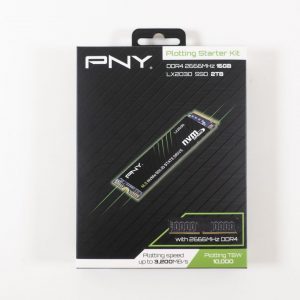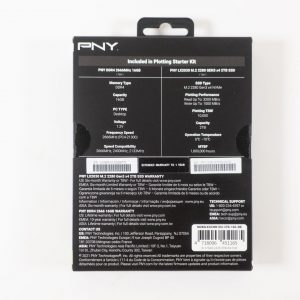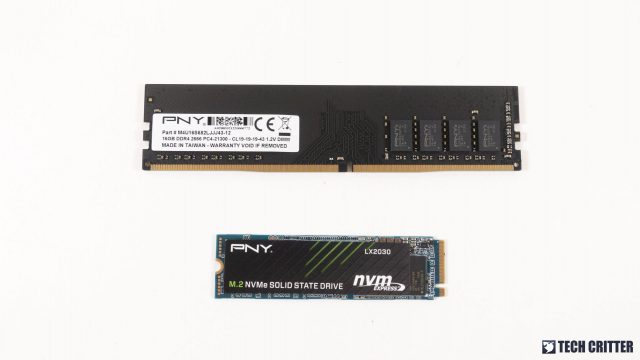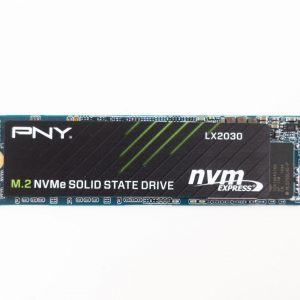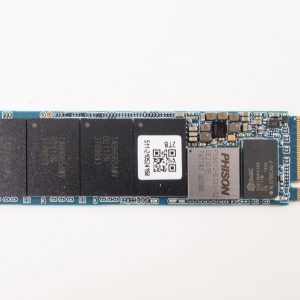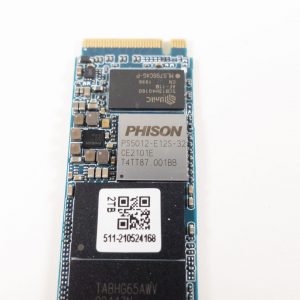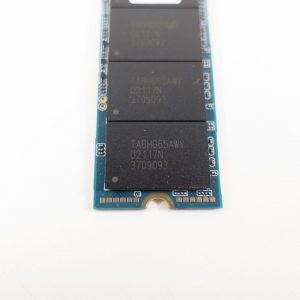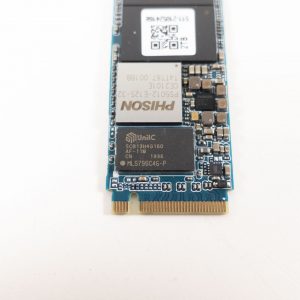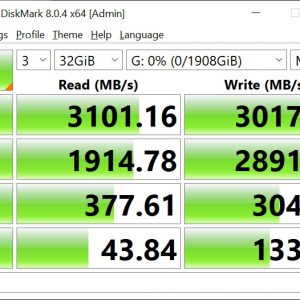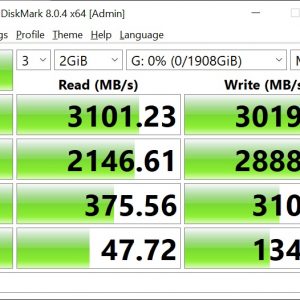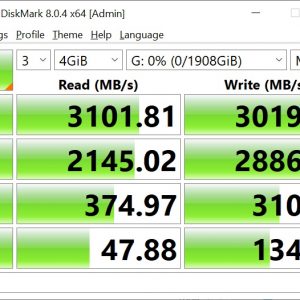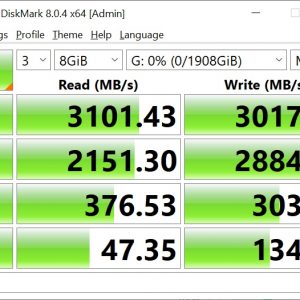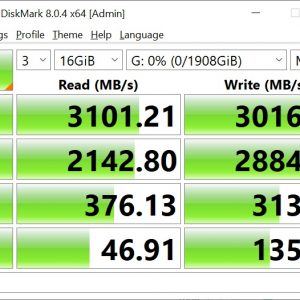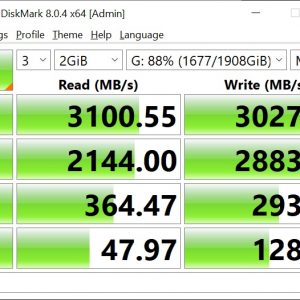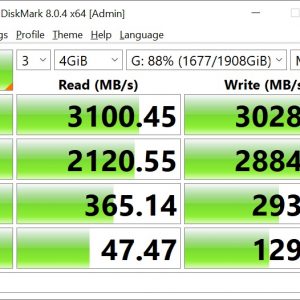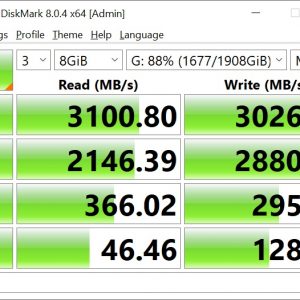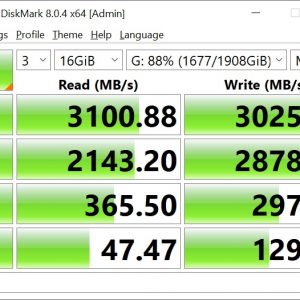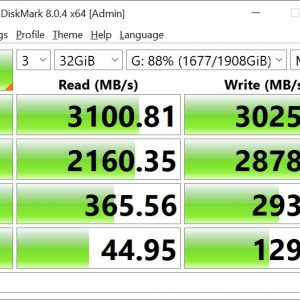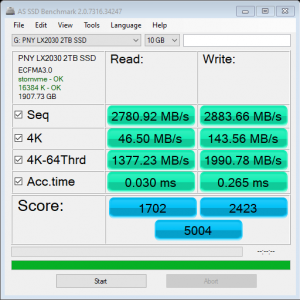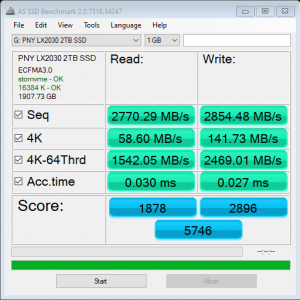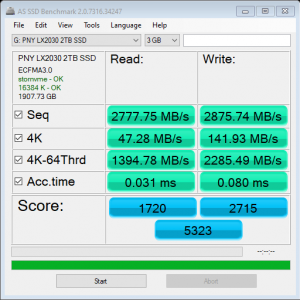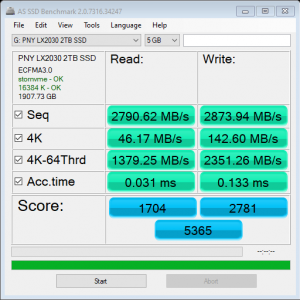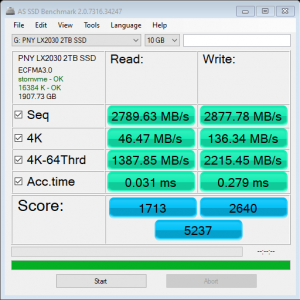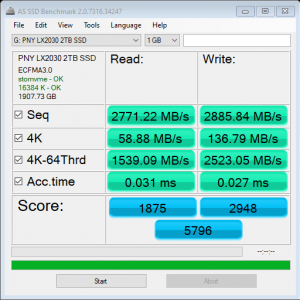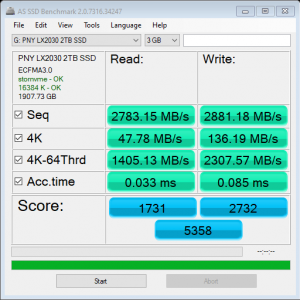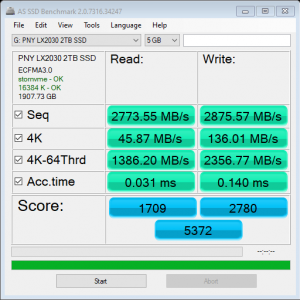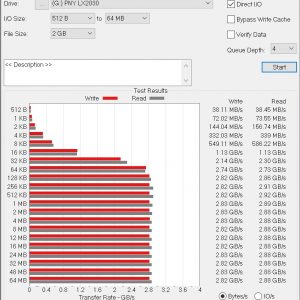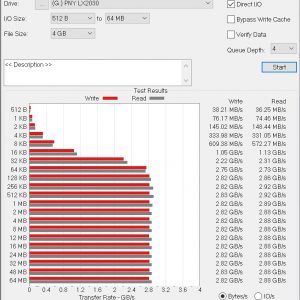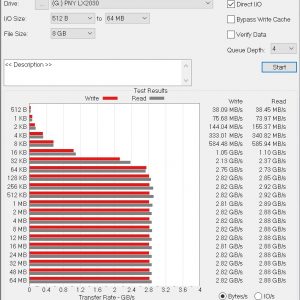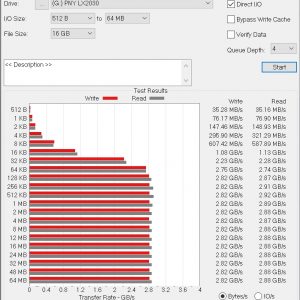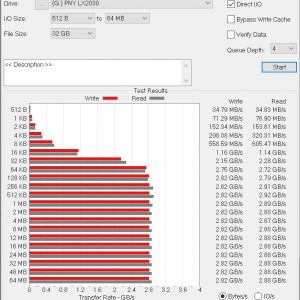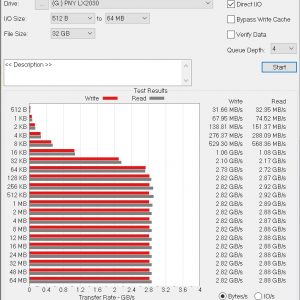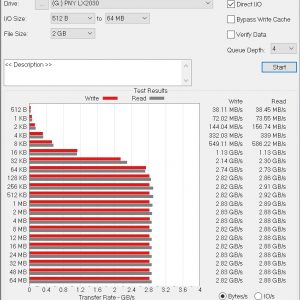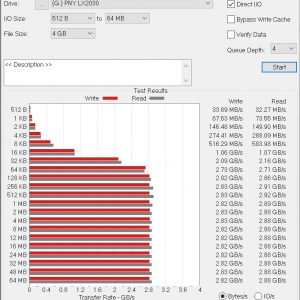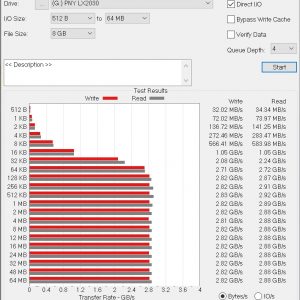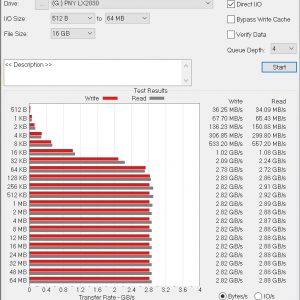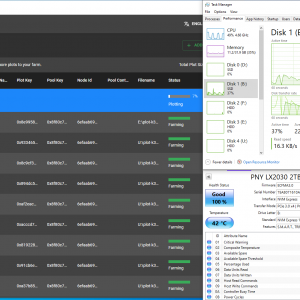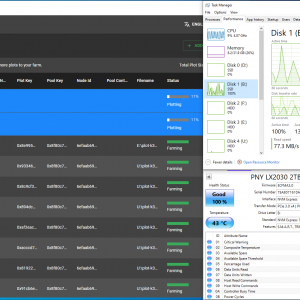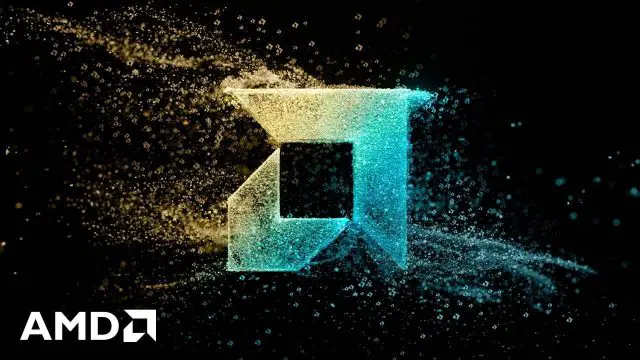Unlike the majority of cryptocurrency mining that usually involves a ton of computational power using the GPU, Chia Coin (XCH) is something that’s totally different than the rest because it’s using storage plots, rather than the GPU. As the heavy operation will greatly reduce the lifespan of the SSD, some manufacturers decided to not cover the warranty for SSDs used for Chia Coin mining as it’s not designed for such a purpose. PNY however, decided to release an SSD that is specially designed for Chia Coin mining, the LX2030 M.2 NVMe SSD that offers a high Poltting TBW rating.
Specifications
| Interface | PCI-Express 3.0 x4 |
| Form Factor | M.2 2280 |
| Total Capacity | 2TB |
| Warranty | 1-Year Limited Warranty or 10,000 TBW |
| Plotting Read Speed | Up to 3200 MB/s |
| Plotting Write Speed | Up to 1000 MB/s |
| Meantime between failure (MTBF) | 1.8 million hours |
| Temperature (Operating) | 0°C to 70°C |
| Temperature (Storage) | -40°C to 85°C |
Unboxing
We were surprised at first to know that LX2030 ships in a rather big box for an M.2 SSD but as we take a closer look at the details on the box, we can see that the package actually includes a DDR4-2666 16GB module together with the SSD. Now if we refer to the information on the box, we can also see that the warranty coverage for the LX2030 is only for one year, which is much shorter than the 3-5 years coverage we normally see on the mainstream SSDs. This is understandable since we have seen some SSD actually died just after a few months into the Chia mining operation.
Inside the box, you’ll find the LX2030 2TB M.2 NVMe SSD and a generic DDR4-2666 module with the timing of CL19-19-19-43. While the included DDR4-2666 module might seem irrelevant to the entire thing, it can still be really useful if you’re building yourself a Chia mining rig from scratch. If you already have a dedicated set of memory kits for your rig, well, the included module can still be used as a backup.
Under the label sticker, the LX2030 sports a Phison PS5012-E12S controller that is capable of capacity up to 8TB, sequential read and write up to 3400MB/s and 3100MB/s respectively, 4K random read and write up to 680K IOPS and 670K IOPS respectively. Other components on the SSD includes a UniIC SCB13H4G160 AF-11M DRAM for caching purpose and KIOXIA (also known as Toshiba in the past) TABHG65AWV 96-layers BiCS4 3D TLC NAND for the storage.
Test System Setup
| CPU | AMD Ryzen 9 3900X |
| Motherboard | GIGABYTE X570S AORUS MASTER |
| Memory | Kingston FURY Renegade DDR4 RGB 16GB (2x8GB) |
| Graphics Card | PowerColor Red Devil Radeon RX 6600 XT |
| Power Supply | Cooler Master V1200 Platinum |
| Primary Storage | CORSAIR Force Series Gen.4 PCIe MP600 2TB NVMe M.2 SSD |
| Secondary Storage | WD Black 6TB |
| CPU Cooler | Cooler Master MasterLiquid ML360R RGB |
| Chassis | Streacom ST-BC1 Aluminium Open Benchtable |
| Operating System | Windows 10 64bit |
Synthetic Benchmarks
CrystalDiskMark
Developed by a Japanese coder Hiyohiyo, CrystalDiskMark is one of the most frequently used SSD Benchmark utilities to measure SSD’s read and write performance.
AS SSD Benchmark
Widely used SSD benchmarking utility that uses incompressible data to simulate the worst possible scenario for an SSD, thus giving a much lower sequential read and write speed result than manufacturer stated by as a result of the heavy workload.
ATTO Disk Benchmark
The most frequently used benchmarking utility by many manufacturers for performance specifications. As ATTO Disk Benchmark uses compressible data rather than incompressible data, it results in higher benchmark scores.
Chia Plotting Performance
Although it’s not listed on the official website, the LX2030 is actually capable of up to 3000MB/s+ on the sequential read and write speed. If it’s not used for Chia mining purposes, it will still serve you well as a really fast SSD for daily use. So we’ve seen the sequential read and write performance of the LX2030 from our usual SSD benchmark, but what about the actual performance when it comes to actual Chia Plotting?
From the screenshots above, we can see the plotting write speed with the LX2030 is just great and in fact, it’s slightly faster than the advertised 1000MB/s plotting write speed. The overall performance looks reasonable and because many of us know that SSDs will wear out a lot faster because of the heavy write operation, the fact that PNY still provides a 1-year warranty for the LX2030 is considered a pretty generous move from an SSD manufacturer.
Verdict
Although PNY clearly made the LX2030 for Chia coin mining, we cannot overlook the fact that it’s also a high-performance SSD that is also suitable for a wide range of applications such as content creation, gaming, and even normal daily use. Of course, there are other SSDs that can also deliver sequential read and write performance up to 3000MB/s just like the LX2030 does, but at least it’s still way faster than those actual entry-level M.2 SSDs that only delivers sequential read and write performance at 2000MB/s or lower. For normal use, we can see the load temperature doesn’t really go above 60°C on most occasions, which is great because you can somehow use it without a heatsink if you have good airflow for your system. Though it’s rare nowadays to see motherboards that don’t come with a heatsink for its M.2 slots.
As for Chia coin mining, the high endurance compared to most of the conventional SSD will probably make the LX2030 more appealing to Chia coin miners, alongside the warranty that coverage of 1-year or 10000 TBW. Knowing that some manufacturers will reject warranty claims if the SSD is used for Chia mining, the special warranty coverage from PNY allows miners to have the SSD replaced within the 1-year or 10000 TBW usage in case of any mishaps.
Pros
- Higher endurance for Chia mining
- Comes with a DDR4-2666 16GB module
- Reasonable performance
- Can be used for other purposes as well
- 10000 TBW or 1-year warranty coverage from PNY
Cons
- Only available in one capacity (2TB)


